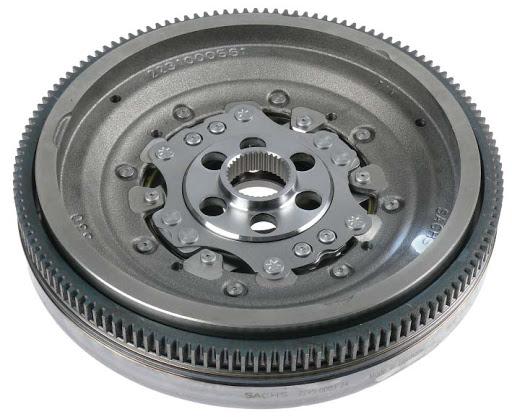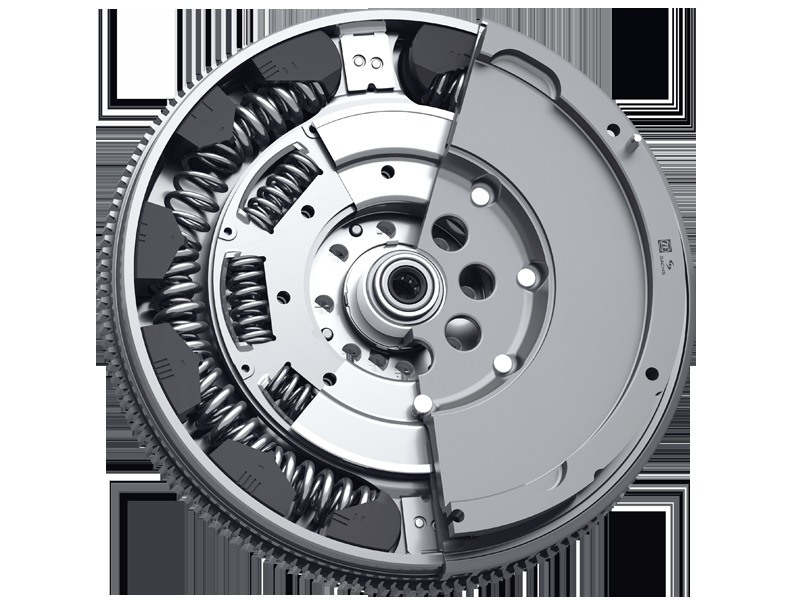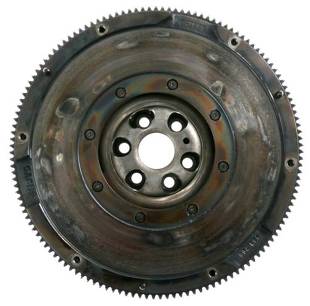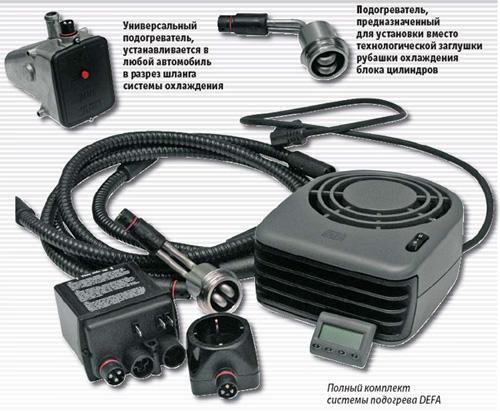
Dual mass flywheel. How to prolong his life?
 Currently, more than 75% of vehicles produced for the European market are equipped with a dual-mass flywheel. How to properly use and maintain them?
Currently, more than 75% of vehicles produced for the European market are equipped with a dual-mass flywheel. How to properly use and maintain them?
 The increasing use of the dual-mass flywheel in modern vehicles is dictated not only by the desire to improve driving comfort through more efficient vibration filtering in the transmission. This decision was largely dictated by factors such as, for example, the development of shift mechanisms with an increase in the number of gear ratios, the replacement of cast iron with lighter materials, the desire to reduce exhaust emissions.
The increasing use of the dual-mass flywheel in modern vehicles is dictated not only by the desire to improve driving comfort through more efficient vibration filtering in the transmission. This decision was largely dictated by factors such as, for example, the development of shift mechanisms with an increase in the number of gear ratios, the replacement of cast iron with lighter materials, the desire to reduce exhaust emissions.
Dual mass flywheels allow much lower rotational speeds, especially in high gears. This is especially pleasing to eco-driving drivers, but keep in mind that the pursuit of the best possible fuel economy has another, less positive side - it overloads the engine and transmission components.
The editors recommend:
Recommended for five year olds. Overview of popular models
Will drivers pay the new tax?
Hyundai i20 (2008-2014). Worth buying?
ZF Services notes that in order to ensure the longevity of the dual-mass flywheel, it is first necessary to correctly use the engine speeds in various gears. Modern drives offer more options, but, nevertheless, constantly driving at low speeds is strongly discouraged. Frequent throttling of the engine, for example, when trying to start from second gear, as well as long-term extreme driving, in which the clutch slips, can also have a negative effect. This leads to overheating of the secondary mass of the dual-mass flywheel, which, in turn, leads to damage to the mutual wheel bearing and a change in the consistency of the damping lubricant. As a result of high temperatures, the lubricant hardens, which makes it difficult for the springs of the damping system to work. The guides, belleville spring and damper springs run dry and the system generates vibrations and noises. Serious lubricant leaks from the dual-mass flywheel also prevent it from being reused in a vehicle.
A common cause of shortened dual-mass flywheel life is also the poor condition of the drive unit, manifested by excessive vibrations affecting this element. This is usually the result of uneven ignition and injection systems or uneven compression in individual cylinders.
When replacing a dual-mass flywheel, it is recommended that static or dynamic tests be performed on individual engine test blocks. First check the dose adjustment with the engine warm and idling. In systems with pump injectors, a difference in dose adjustment greater than 1 mg/h affects the excess load. If a device is used that gives corrections in mm³/h, then mg/h must be converted to mm³/h by dividing mg by the diesel density factor 0,82-0,84, or 1 mg/h = approx. 1,27 mm³/h).
In Common Rail systems, the allowable difference that starts to load the flywheel is 1,65 mg/h, or about 2 mm³/h. Exceeding the specified tolerances leads to a reduction in the life of the wheel and very often to its damage.

